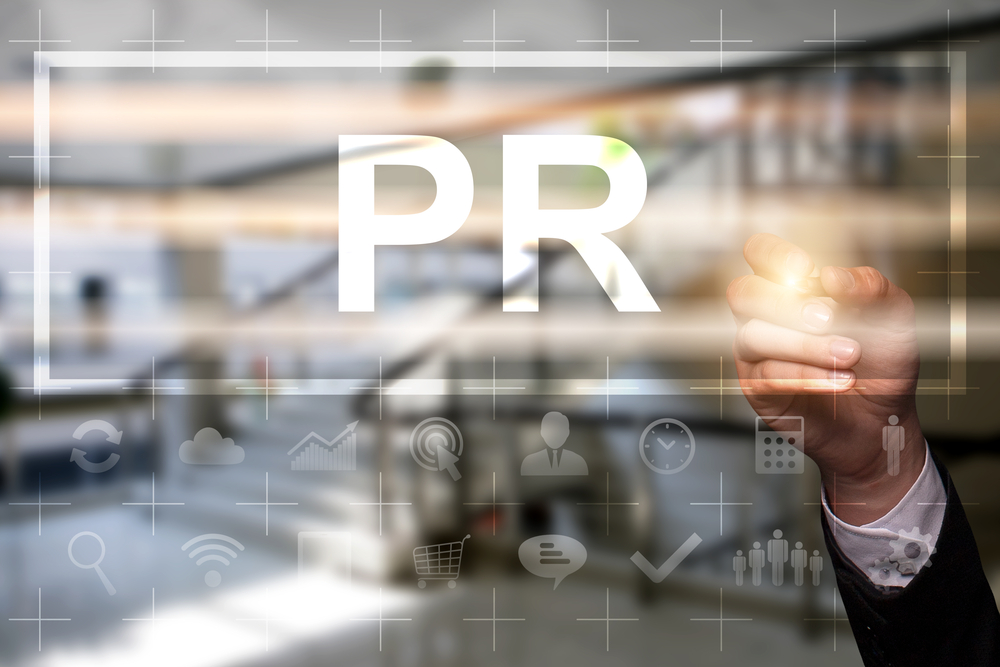All Blogs, Thought Leadership
How “woke M&M’s” can awaken the minds of PR professionals: A glimpse into internet phenomena’s demonstrative power in informing coordinated communicative efforts

A rapidly evolving component of the modern human experience demands at least some recognition of memes. While we still rely on the daily forecast as a trusted conversation starter, memes have encroached into interpersonal dialogue so pervasively that the question, “Did you hear about the sexy M&Ms?” is just as commonplace as, “When do you think this rain is going to stop?”
The manifestation of the M&M debate and its corresponding memes from the far left and right have led to mass coordinated communication efforts and nuanced brand messaging that contextualize this digital phenomenon as offensive to some and hilarious to others. Evidently, the M&M/Mars Wrigley franchise has tapped into the minds of PR professionals to craft their recent announcement to indefinitely replace their beloved (or hated) spokescandies with Maya Rudolph. At a moment when the media buzz had seemingly reached its peak, M&M demonstrates how coordinated statements surrounding internet phenomena continue to capture our attention in a widely successful manner.
Merriam-Webster defines a meme as, “an amusing or interesting item (such as a captioned picture or video) or genre of items that is spread widely online especially through social media.” Widely adopted memes can help inform us on what is catchy, what works and what is digestible to mass audiences.
While discussing memes and their widespread adoption, it’s crucial we understand the environment of niche audiences versus the masses. In modern media landscapes what is now considered “viral” remains relative to the very type of social media we exist on or within. This in part could explain the connectedness we feel towards particular memes that circulate within the smaller sects of our online lives. We don’t inquire about the forecast with an expectation that whoever we’re speaking to has a background in meteorology in the same way that we don’t joke about “woke M&M’s” as if someone had a hand in the recent spokescandy makeover. However, when we consider the niche echo chambers we pride ourselves as belonging to, engaging in conversations surrounding specific internet phenomena has potential to reveal aspects of our identity.
Memes that circulate through a subgroup rarely reach the fingertips and screens of those on the outside. This is where nuanced messaging plays an imperative role in the public relations space. Regardless of the goal of any select communication effort a target audience is a requirement. For example, in media outreach a single reporter or a select group of reporters from the same beat are carefully chosen. Leveraging what we know about the infectious nature of a good meme, PR professionals can apply similar tactics of a humor based or light hearted approach when appropriate to help establish a relationship that feels personal and intentional, not surface level and practical.
While PR pros should remain discouraged from swapping out meaningful messaging for memes, consideration towards what internet phenomena offer us in order to craft meaningful messages is warranted. In dissecting a successful meme, pay close attention to the culturally significant takeaways stemming from its circulation and pinpoint how the surrounding discourse may be leveraged to your client or company’s advantage. While Mars Wrigley/M&M could have remained silent amidst all the internet buzz regarding their recent rebranding decisions, they leveraged PR tactics using sarcasm and humor to further engage both their left and right audiences in order to garner more media attention.


